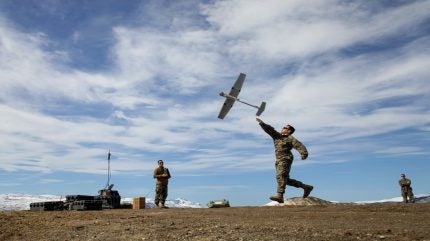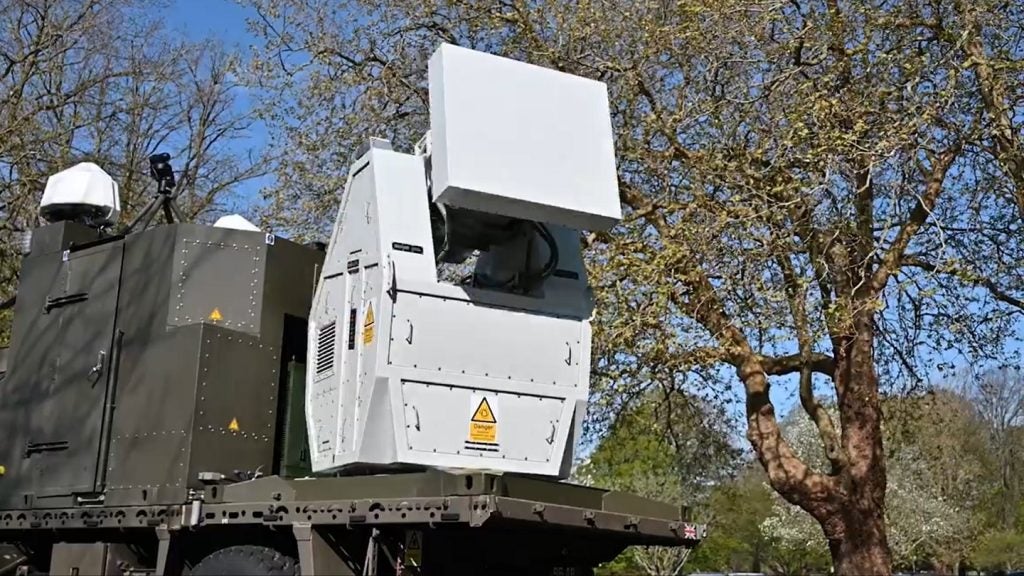
The US Department of Defense (DoD) has executed the first tranche of its Replicator initiative, aimed at the deployment of all-domain attritable autonomous (ADA2) systems.
Announced by US DoD deputy secretary Kathleen Hicks, the initiative’s first phase includes accelerated fielding of various uncrewed systems and other key capabilities.
The tranche features a mix of uncrewed surface vehicles (USV), counter-uncrewed aerial systems (c-UAS), and uncrewed aerial systems (UAS), developed by multiple traditional as well as non-traditional vendors.
The DoD is accelerating the fielding of Switchblade-600 loitering munition developed by California, US-based company AeroVironment.
These Switchblade drones, supplied by the US, have already proven effective in Ukraine, while also enhancing US forces’ capabilities.
Meanwhile, in the maritime domain, the DoD is expanding its USV vendor base through the Production-Ready, Inexpensive, Maritime Expeditionary (PRIME) Commercial Solutions Opening (CSO).
The PRIME CSO, which was introduced on 30 January 2024, has attracted more than 100 applications from technology companies.
With secured funding for FY24, the DoD plans to award several contracts later this summer.
Furthermore, the Replicator initiative also encompasses some of the classified capabilities, including additional maritime and counter-UAS technologies.
Since the initiative’s announcement seven months ago, the DoD has aligned senior officers to rapidly field solutions to operational gaps within 18-24 months.
The DoD’s announcement follows the recent securing of approximately $500m for FY24, including $300m from the FY 2024 defence appropriations bill and additional funding from Defence-wide sources.
The DoD is now preparing for the next tranche to further bolster the ADA2 portfolio.
Hicks added: “We are taking an important step toward strengthening our defence and technology industrial base. And we are demonstrating the Department’s ability to break down barriers to scaling innovation at speed not just for ADA2 systems, but in our ability to develop new capabilities and processes for the Department and key stakeholders, including Congress.”







